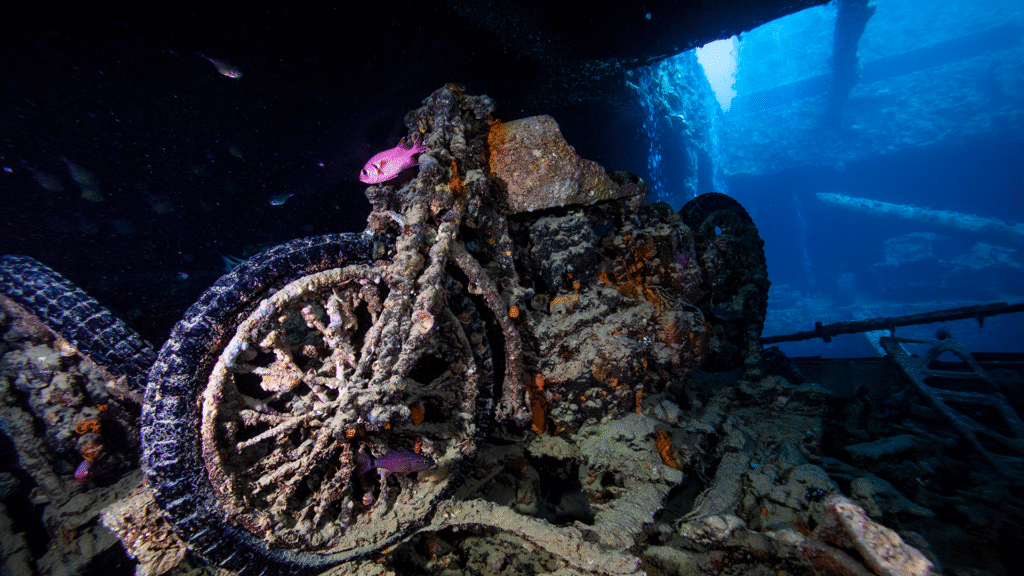For decades, the Red Sea coast of Egypt has been etched into the global diving consciousness. It is a destination that routinely features at the top of reader polls and dive industry awards, often outranking exotic competitors like the Maldives, the Caribbean, and even parts of the Pacific. But why does this vast stretch of water, flanked by the Arabian and African deserts, command such universal acclaim? The answer lies in a near-perfect storm of unique geography, unparalleled biodiversity, accessibility, and a breathtaking collection of historical sites that appeal to every level of diver.
The Natural Phenomenon: Clarity, Climate, and Coral
The Egyptian Red Sea benefits from a unique set of geographical conditions that create optimal and often spectacular diving environments. Chief among these is its unmatched visibility, frequently exceeding 30 to 40 meters (100 to 130 feet). This clarity is a direct result of geology: the sea is surrounded by arid desert, meaning no major rivers discharge sediment, silt, or agricultural run-off that clouds coastal waters elsewhere. Furthermore, the Red Sea is a deep, narrow tectonic rift valley where any suspended particles settle quickly into the abyss, leaving the upper water column pristine. Complementing this visibility is the climate, which ensures that water temperature rarely dips below 22C degrees, offering comfortable diving conditions year-round.
The Red Sea is also a critical marine sanctuary, acting as a natural aquarium that is home to over 1,100 species of fish and over 200 species of coral. Notably, nearly 20% of the fish species are endemic, found nowhere else on Earth. Divers can expect to see unique species like the Red Sea Bannerfish and the Masked Butterflyfish in their natural habitat. In a world increasingly worried about ocean health, scientists have highlighted the remarkable resilience of these corals; they have shown an extraordinary tolerance to high temperatures, making the Red Sea’s reefs a key focus for global conservation and contributing to the overall high standard of the dive experience.
A Spectrum of Sites: From Wrecks to Pelagics
The Red Sea is not just one dive destination, but an entire spectrum of underwater experiences catering to every skill level. For the wreck enthusiast, the Northern Red Sea, easily accessible from Sharm El Sheikh and Hurghada, is home to the world’s most famous wreck: the SS Thistlegorm. This WWII cargo ship, along with the cluster of casualties at Abu Nuhas Reef, offers an unforgettable journey through history. In contrast, the Southern Red Sea, accessed primarily via Marsa Alam and liveaboards, is the undisputed king of pelagic action. Remote sites known as the BDE (The Brothers, Daedalus, and Elphinstone) consistently deliver thrilling encounters with Oceanic Whitetip Sharks, Hammerhead Sharks, and Thresher Sharks (it is very rare), cementing the region’s reputation for big animal action.
Beyond wrecks and pelagics, the region’s topography is a huge draw. The Ras Mohammed National Park in the North features sheer drop-offs and vast, colorful soft coral gardens at sites like Shark and Yolanda Reef. Meanwhile, the South, particularly the Fury Shoals and St. John’s Reef, offers intricate cave systems and untouched hard coral formations. Even the sheltered coastal towns have unique offerings; Abu Dabbab Bay is renowned for its reliable sightings of the endangered Dugong (Sea Cow) and giant Green Sea Turtles, ensuring that every type of diver, from the macro photographer to the big-animal enthusiast, finds their perfect dive site.
Logistical Ease and Unbeatable Value

The final pillars supporting Egypt’s top ranking are its accessibility and affordability. Major resorts in Sharm El Sheikh, Hurghada, and Marsa Alam are served by international airports, making flight connections from Europe and the Middle East frequent and straightforward. This high level of infrastructure makes planning a dive holiday remarkably simple. Crucially, the Egyptian liveaboard fleet is world-class, offering exceptional value for money compared to other top-tier destinations. These vessels grant divers easy access to the remote, pristine Southern sites, maximizing dive time and ensuring a peaceful experience away from crowded day-trip boats. Furthermore, with established, high-quality dive centers and ideal conditions, the Red Sea is one of the best and easiest places in the world to gain certifications, from Open Water Diver through to advanced specialties. This combination of thrilling underwater action, natural beauty, and logistical simplicity ensures Egypt will remain the crown jewel of global scuba diving for years to come.



